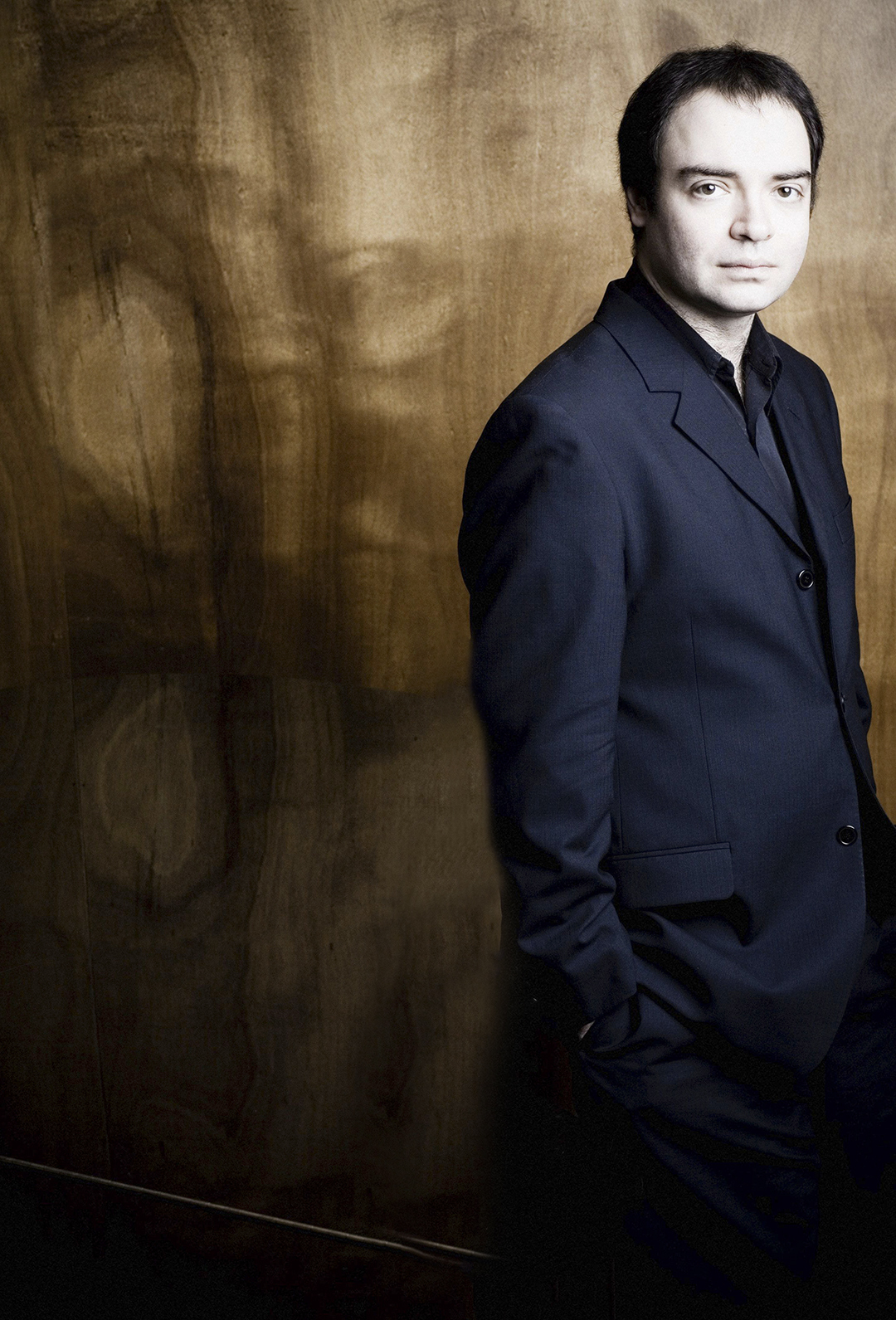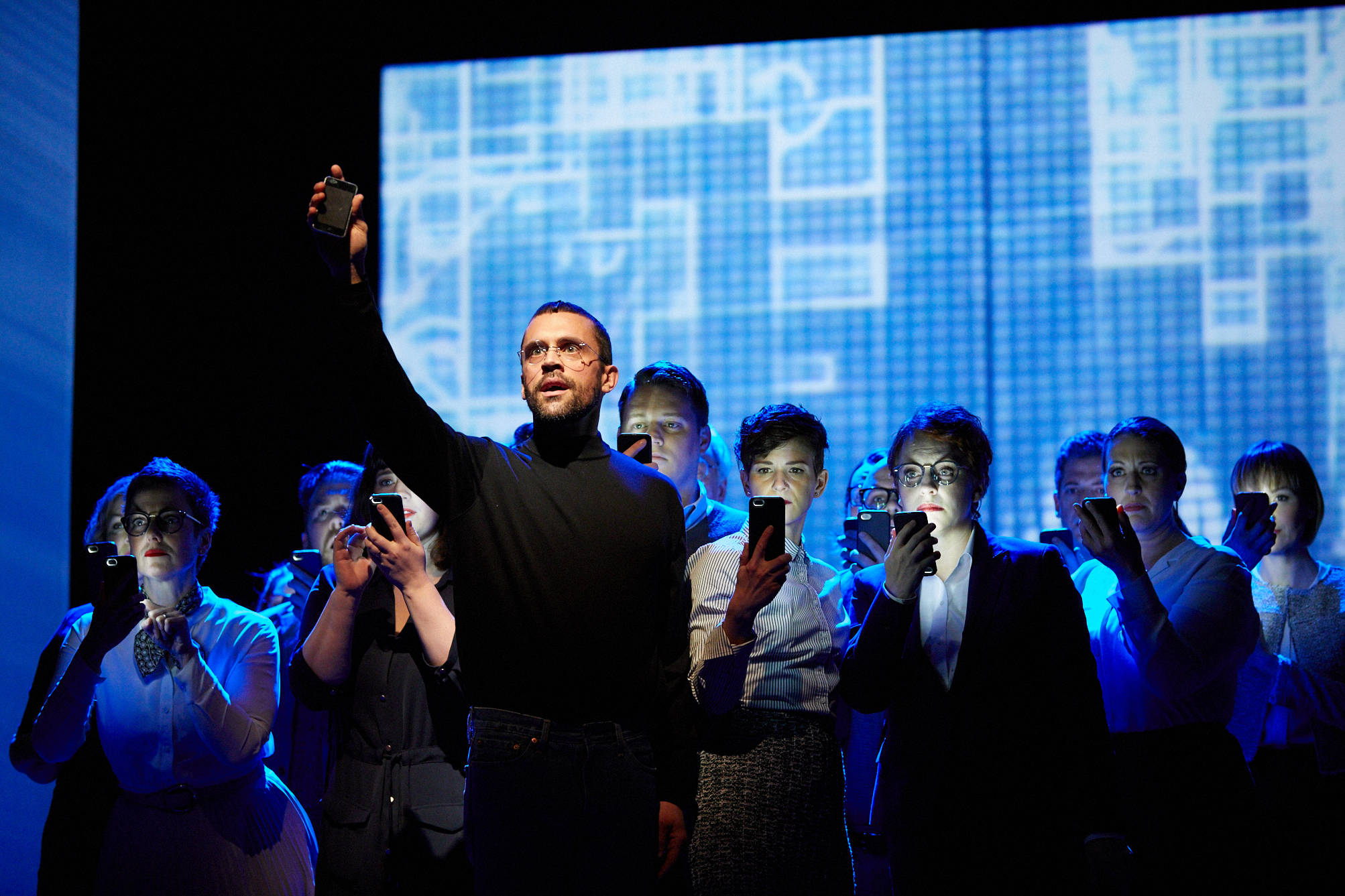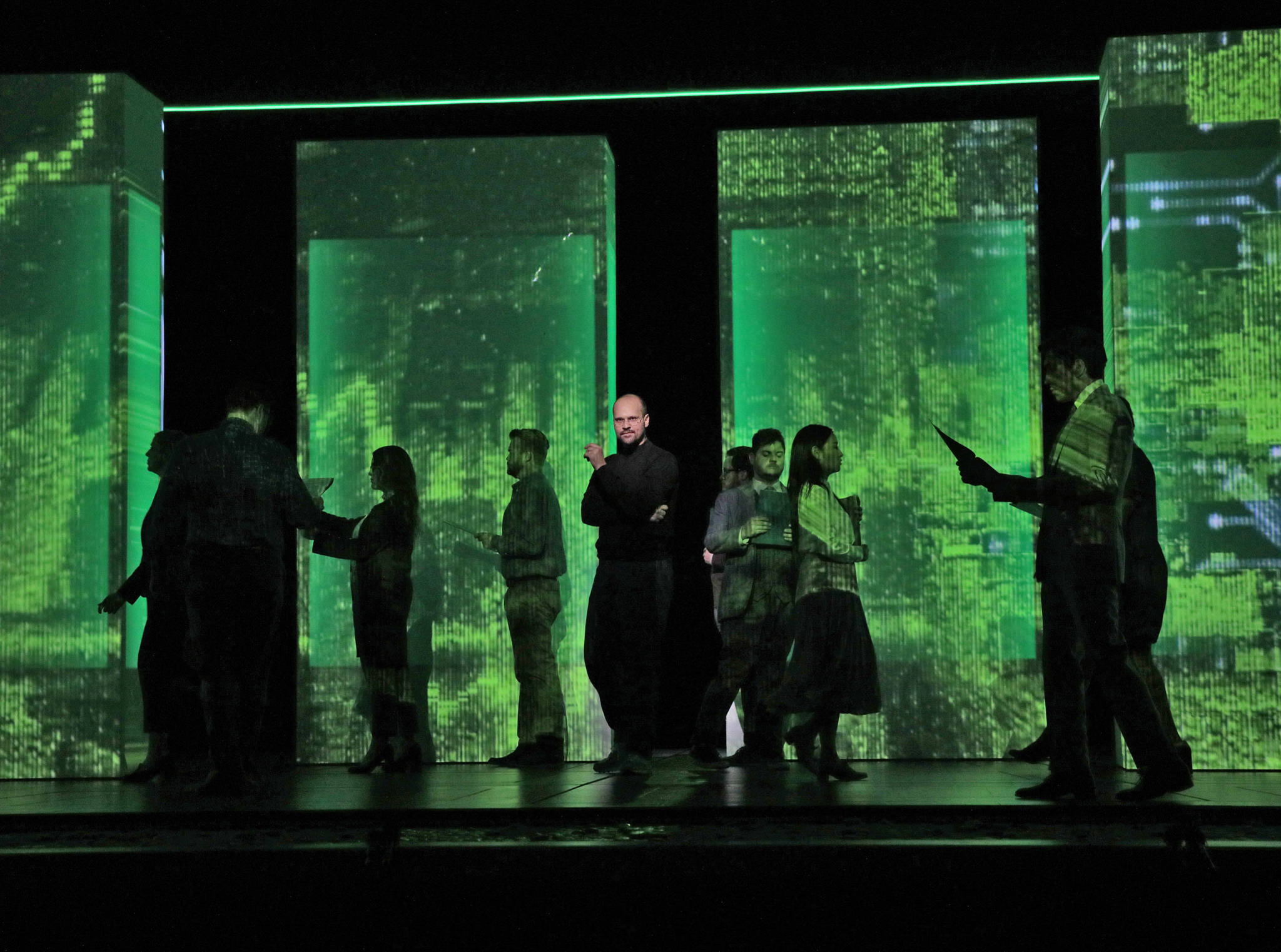Planning an all-American orchestral concert, especially one designed for easy summer enjoyment, could hardly be easier, according to the standard recipe: some Sousa marches, Barber’s “Adagio,” a Rodgers & Hammerstein medley, and Rhapsody in Blue to wrap it up.
The Seattle Symphony, though, is taking a much more interesting route in its “Tuning Up!” festival—not one concert, but six orchestral and three chamber concerts, June 17–July 2. “A kid in a candy store” is how music director Ludovic Morlot describes his programming decisions, which he began making last fall, and the result shows a voracious curiosity and the proselytizing enthusiasm of a recent convert. Through summer conducting study in Maine and apprenticeship in Boston, the French conductor’s admiration for our nation’s music grew, and his eagerness to explore the new and local, until now tantalizingly distributed among his commissioning choices for subscription concerts and his “Sonic Evolution” series paying tribute to Seattle jazz and rock icons, will be concentrated in two weeks of dazzling diversity.
Sure, Rhapsody in Blue is on the menu, but as one element in a hugely eclectic lineup. It looks chaotic on paper, but the orchestral concerts are in a way arranged chronologically—not necessarily according to composition dates, but to the preoccupations and zeitgeists of American composers over the past century. These start (this Friday) with Charles Ives and his Orchestral Set no. 2 (1915–19), a work which unprecedentedly strives, through the quotation of hymns and folk songs, to dig into the idea of just what “American” music is. One answer in the air at the time was jazz, especially as an evocation of modernistic urbanity, and the Rhapsody sits alongside Duke Ellington’s Harlem as examples. Recent works by Derek Bermel and John Adams pay tribute to Ives, and the concert opens with the boisterous, parodistic piece by Edgard Varèse, Tuning Up, which gives the festival its name.
Ives’ work includes an optional part for Theremin, and this inspired the second concert (June 20), devoted to that spacey instrument so beloved of movie composers and progressive rock bands. In a larger sense, it’s a look at American musicians as pioneers in the combination of electronic technology and music. World-renowned Theremin virtuoso Lydia Kavina is the soloist, to be heard in excerpts from film scores by Miklos Rosza, Bernard Herrmann, and Danny Elfman and an extremely filmic concerto from 1945 by Anis Fuleihan. The June 23 concert explores the populist strain in American music with works by Copland (a suite from Appalachian Spring to accompany live dance) and Bernstein, plus more film music by John Corigliano, John Williams, and Marvin Hamlisch. The real novelty on the program is by Florence Price (1887–1953), the first noted African-American woman composer. Her Dances in the Canebrakes are orchestral arrangements of three gorgeous piano pieces, honeysuckle-scented harmonies over ragtime rhythms.
The June 30 concert will surely be the most viscerally powerful. It opens with My Beautiful Scream, NYC composer Julia Wolfe’s meditation on the events of 9/11, and closes with music by John Luther Adams, Morton Feldman, and Philip Glass, whose The Light is a 20-minute fantasy of brightly glowing, pulsing major harmonies: Sibelius on Ecstasy. The transition from dark to light comes—and this is genius—via John Cage’s 4´33˝, his silent piece: in other contexts an invitation to the listener to conceptually frame ambient sound, here turned to dramatic, even emotional, purpose. Special lighting design will enhance the musical journey. Hollywood takes over on July 2 with film music (and clips) from Gone with the Wind to Glory, with special attention to Erich Korngold, maybe the greatest of them all—excerpts from his score for The Adventures of Robin Hood and the luscious, rather Shostakovich-y Cello Concerto (1946) he composed for the film Deception.
On June 26, the orchestra travels to Marymoor Park for an all-Gershwin program. The chamber music concerts include a miscellany of older and newer works (June 24); the return of John Luther Adams (whose SSO-premiered Become Ocean won a Pulitzer Prize) for his Alaska-inspired In the White Silence for string quartet (July 1); and on June 29, the work Morlot calls “a life-changing experience,” Morton Feldman’s dreamy, crystalline Triadic Memories (1981) for solo piano, here played by Alexander Melnikov. Based on the recordings I’ve found, it can range in duration from 60 minutes to double that, so settle in; Morlot goes on to liken it to “facing yourself in the mirror for two hours.” It’s a long way from Gershwin; but Morlot and the orchestra are determined to keep even this vast panorama accessible, with all seats $25. Benaroya Hall, Third Ave. and Union St., seattlesymphony.org. $25.
gborchert@seattleweekly.com









